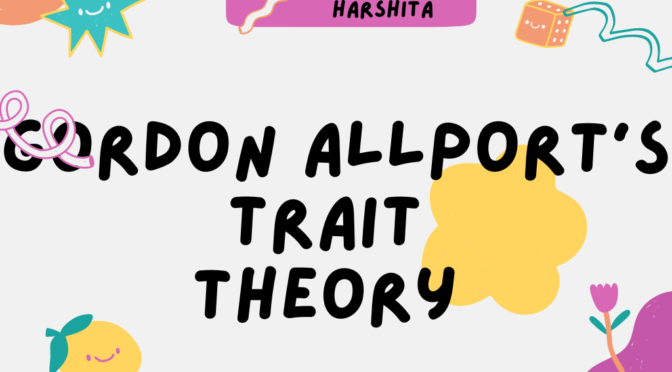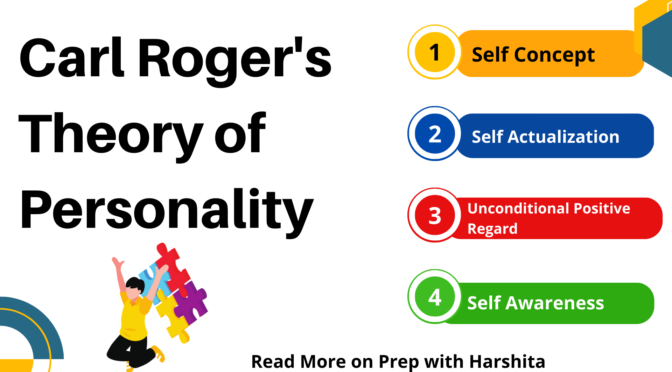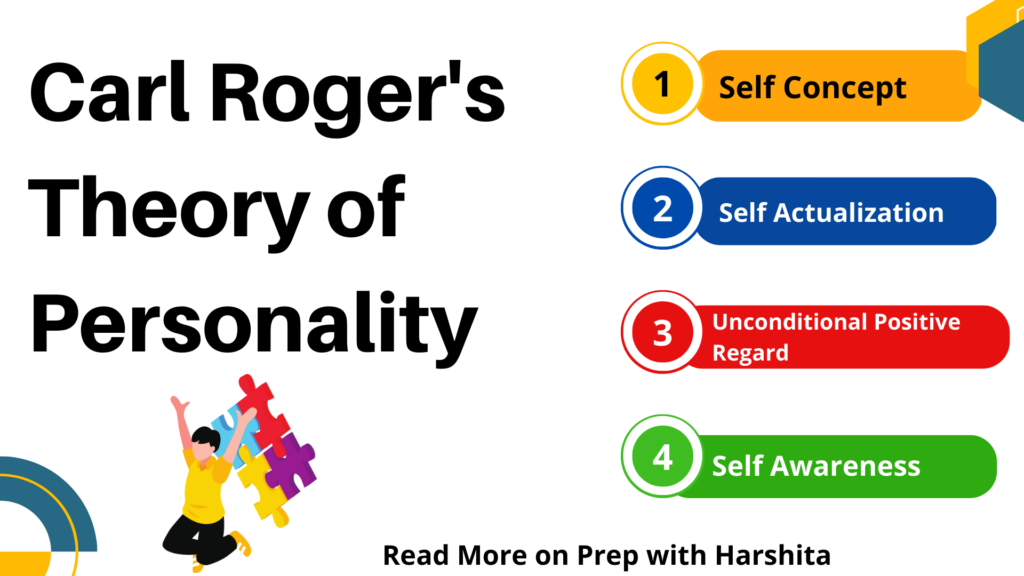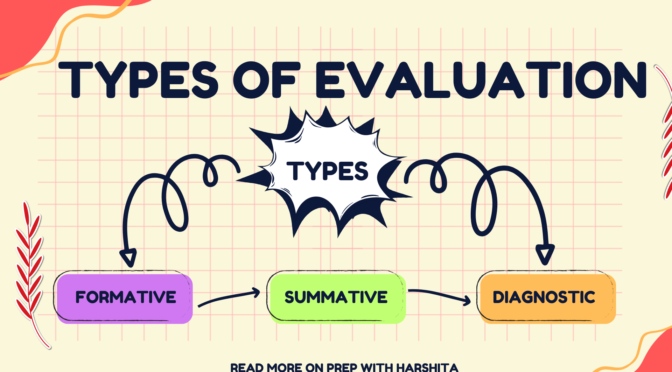Gordon Allport’s trait theory is a comprehensive theory of personality that emphasizes the uniqueness of individuals and the importance of understanding each person’s unique set of traits. Allport believed that each person possesses a unique combination of traits that make up their personality, and that these traits interact with each other to create a complex and dynamic psychological profile.
About Gordon Allport
Gordon Allport (1897-1967) was an American psychologist who made significant contributions to the field of personality psychology. He is best known for his trait theory of personality, which emphasizes the unique qualities of individuals and the importance of understanding each person’s unique set of traits.
Allport’s theory proposes that there are three types of traits:
- Cardinal traits: These are dominant traits that define an individual’s entire life, such as an all-consuming passion or a deep sense of purpose.For example, a person who is known for their intense passion for music, or their tireless pursuit of a certain goal, might be said to possess a cardinal trait. Cardinal traits are relatively rare and are often associated with great achievement or creativity.
- Central traits: These are general characteristics that make up the core of an individual’s personality, such as honesty, kindness, or shyness. These traits are more common than cardinal traits and are evident in a wide range of situations. Examples of central traits might include honesty, kindness, or shyness. Central traits are relatively stable over time and tend to be consistent across different situations and contexts.
- Secondary traits: These are traits that are more peripheral to an individual’s personality and may only be evident in certain situations or contexts, such as a fear of public speaking or a love of sports.For example, a person might be shy in social situations but outgoing and confident in academic or work settings. Secondary traits are more variable than central traits and may change over time depending on the individual’s experiences and environment.
Allport’s trait theory also emphasizes that traits are unique to individuals, and that each person possesses a unique combination of traits that make up their personality. Additionally, Allport argued that traits can be arranged along a continuum of development, meaning that some traits may become more or less prominent over time depending on the individual’s experiences and environment.
Also Read : Piaget Theory
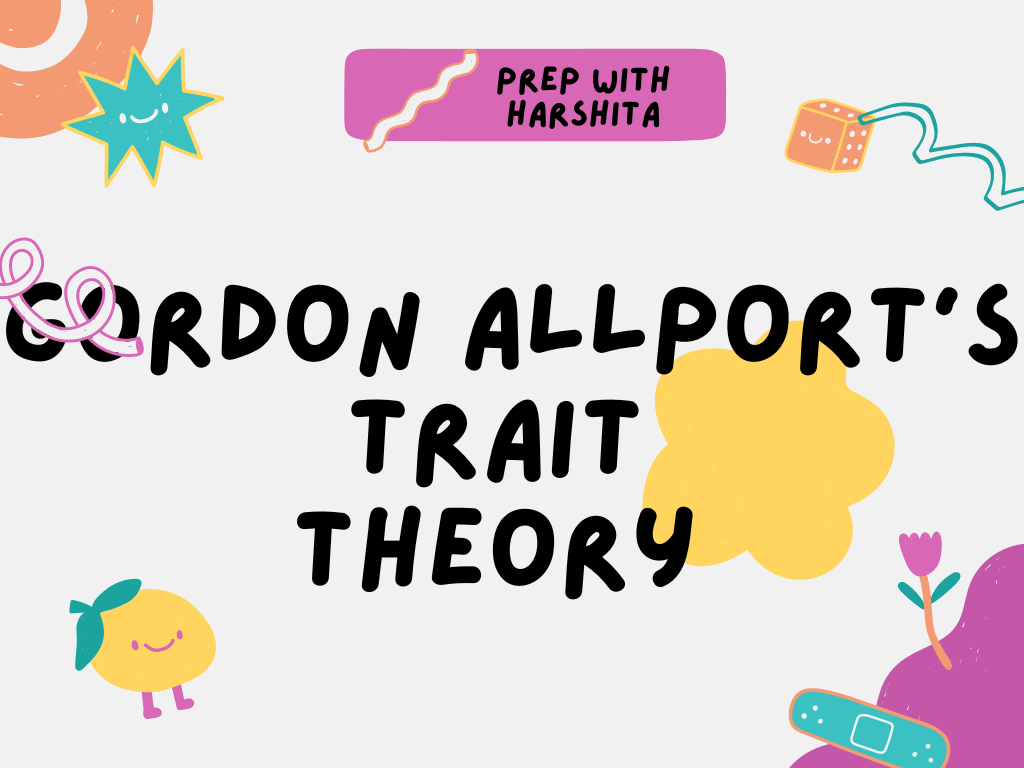
Also Read : Prep with Harshita

